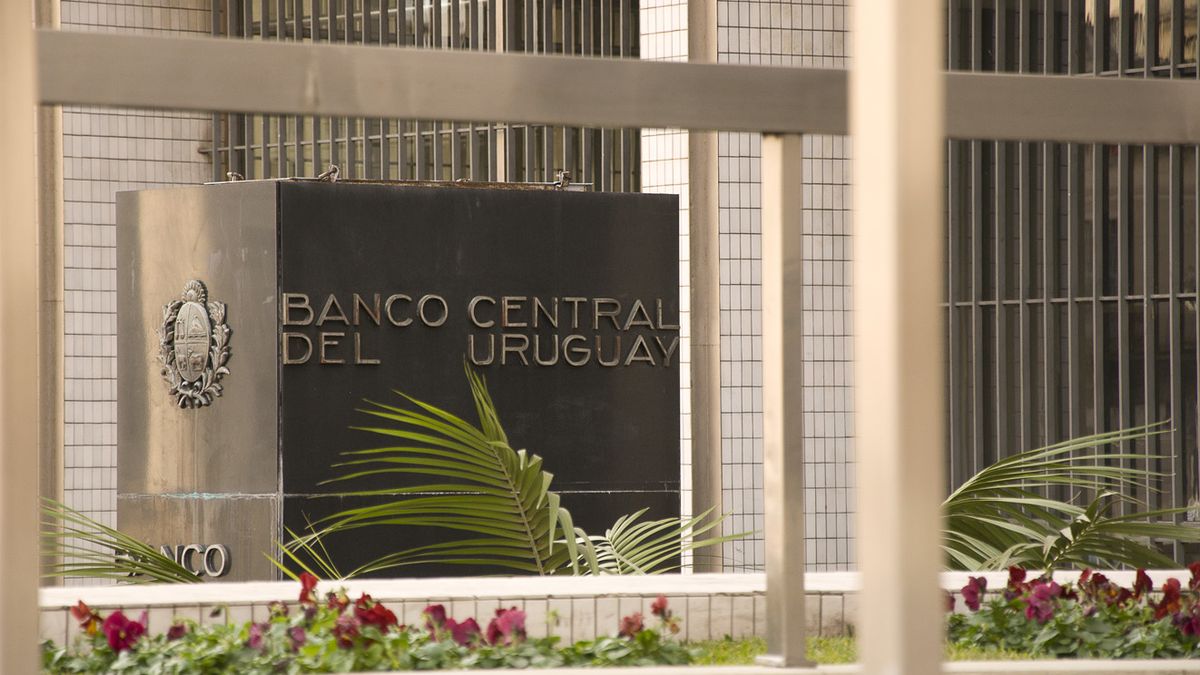The central banks of the region begin to arrange the immediate future of their reference interest rates in line with the United States Federal Reserve (Fed)and days after the meeting Monetary Policy Committee (Copom)while the question remains about what the Central Bank of Uruguay (BCU).
While in the country there is still uncertainty about what will happen to interest rates, in the region the central banks act in line with expectations, dragged down by the global inflationary context and the Fed’s mid-March rate hike.
In that way, the Central Bank of Colombia raised the reference interest rate again, this time by 25 basis points, taking the indicator from 12.75% to 13%. The same measure was taken by Central Bank of Mexicowhich raised the rate from 11% to 11.25%.
In Argentina, for his part, he central bank decided to raise the referential interest rate by 3 points after six months without changes, so the Nominal Annual Rate (TNA) it went from being 75% to 78%.
What was the Fed’s decision?
Although the Federal Reserve found itself in an interest rate dilemma this month—between inflation numbers that weren’t as positive as expected and the bank collapse that required a million-dollar bailout from the United States monetary authority —, what most analysts and economists expected finally happened: the Fed raised the benchmark interest rate by 25 basis points; and this was in a range between 4.75% and 5%, its highest value since 2007.
As usual, what happens in the North American country at the monetary level tends to set the agenda of the other central banks in the world, so the increases at the regional level are in line with this assumption. And, in the same sense, leaves the BCU without much room for actionwhich will have to decide in the next few days with the pressures of business, industrial and productive sectors for a downward rate that manages to balance the exchange rate.
What will the BCU do with the interest rate?
The next Copom meeting will take place on April 19th. Until then, speculation about how the BCU will act remains valid; and although there are great possibilities that, finally, it will accompany the rise in regional and global rates, following the initiative of the Fed, there are still elements that allow us to think that, at least, I could keep her frozeninstead.
On the one hand, and although the BCU has been holding a restrictive policy of high rates to mitigate inflation, which in February exceeded 7% year-on-year, specialists believe that the Fed’s moderate increase leaves the monetary authority with little room to continue postponing a correction, given that Uruguayan values would be well above of those of the United States.
This, however, would not be well received by the sectors that demand lower rates in order to improve Uruguayan competitiveness in the local market and, above all, the income of exporters.
Another piece of information that argues against the rise in the Monetary Policy Rate (MPR)currently at 11.5%, is the country’s recent drop in technical recessionand the possibility that an increase worsens the economic indicators of the country that already experiences a deceleration evident in its growth.
Likewise, it must be taken into account that at the last meeting of the Copom, in February, the BCU clashed with the world central bank and kept the reference rate frozen. So it wouldn’t be a surprise if he chose the same path this time around, even though the International Monetary Fund (IMF) recommend keeping rates high to control inflation at projected levels.
Source: Ambito




